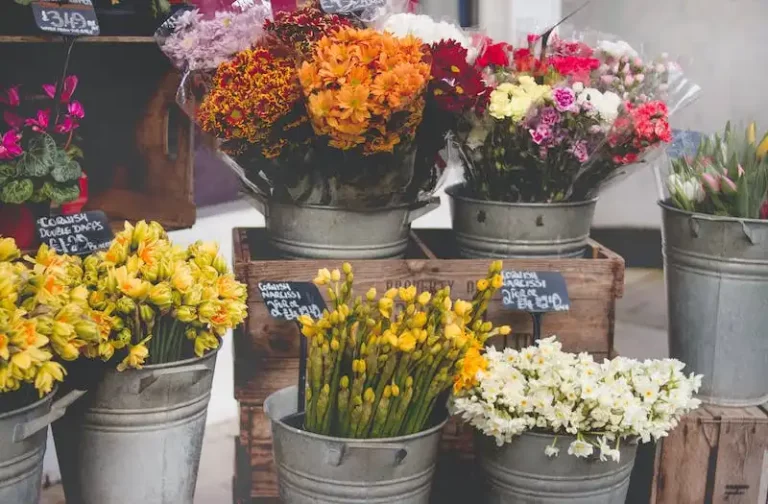As you stroll through your yard, it’s impossible to overlook the ethereal beauty of the stunning sugar maple tree standing tall and proud amid the sea of green. In the fall, its leaves are dynamic canvases of color, varying from vibrant orange to rich coral red, juxtaposed with flashes of marigold yellow. Come spring, the tree explodes in a cascade of lush, greenish-yellow blooms — another spectacle of nature’s artistry. But, to ensure this arboreal masterpiece’s lasting grandeur, there’s an essential, albeit often overlooked, gardening secret: mastering the art of pruning. Surprisingly, these enchanting trees eschew the popular norm of “dormant pruning.” Instead, they thrive when pruned amid their peak growth period between mid to late summer.
Pruning your sugar maple not only maintains its stunning appearance but also guarantees a healthy, well-structured tree with well-spaced and robust branches stemming from a single, strong trunk. Just as important as timing, it’s essential to use the correct tools and precision in technique. For example, decisions regarding when to merely shorten competing leaders or altogether remove them work in tandem to keep your sugar maple standing tall and vibrant. Adhere to the stipulated pruning guidelines and witness your sugar maple tree remain a cheerful centerpiece in your backyard.
When to prune a sugar maple tree

Per the University of Minnesota, the typical time to prune trees is during winter when they dwell in nature’s dormancy. Growth and harmful pathogens come to a near standstill during this period, with wound healing kicking into high gear just before the emergence of new growth. However, those grand outliers that are sugar maple trees play by entirely different rules, instead insisting on mid-summer grooming.
This deviation from the established pruning tradition comes down to sap bleeding. Though the term might conjure alarming scenarios, it doesn’t signify disaster in the world of sugar maples. Beyond being an aesthetic shortcoming, it could usher in disease and pests and compromise growth. Play safe unless you plan on tapping for sap; spring and winter aren’t the seasons to trim these towering green friends. Even the allure of late fall should be firmly ignored. Per Kansas State University, the window between a late fall prune and winter’s arrival provides woefully inadequate time for the wounds to heal, a recipe for possible devastation.
But as with most rules, there’s an exception waiting in the wings. For the sugar maple, dead branches or limbs posing a direct threat to personal safety or your property should be promptly removed, regardless of the season. These once-in-a-blue-moon instances also serve as the perfect opportunity to mine through the branches amidst the vibrant greenery, picking out those ripe for a mid-summer prune. Tag each of these branches with a ribbon.
How to prune sugar maple trees like a pro

In the dance that is sugar maple tree pruning, let the handiwork of cuts between ½ to ¾ inches fall to the reliable hand pruners. Bypass pruners shine here as their clean, precise cuts leave no room for infections — a far cry from the aftermath of anvil pruners. The big leagues, those stubborn larger branches likely to put up a real fight, will bow down to lopping shears like the Fiskars 28″ Lopper Garden Tool at Walmart. For those towering, unreachable branches, arm yourself with a pole saw.
Prioritize the damaged, diseased, weak, dangerous, or dead branches. But take care to sidestep flush cuts and stubs; they’re unprofessional and could be the green light for tree devastation. Instead, make calculated ¼-inch branch collar cuts. Next, unveil the rightful leader, the top branch destined to rule the trunk. If there’s competition, pick the strongest, the straightest, then trim the co-leaders to a paltry third of their length or banish them altogether.
In addition, evict low-hanging, downward or vertical-growing, crossing branches and the suckers or water sprouts on the tree’s bark or base. But avoid stripping away more than 25% of the live foliage in the crown in a single year. Now to the final act: per the University of New Hampshire, tree wound dressings are far from being heroes — they trap moisture, instigating decay rather than promoting healing. So, drop the curtain and let nature stage its spectacular healing performance.



